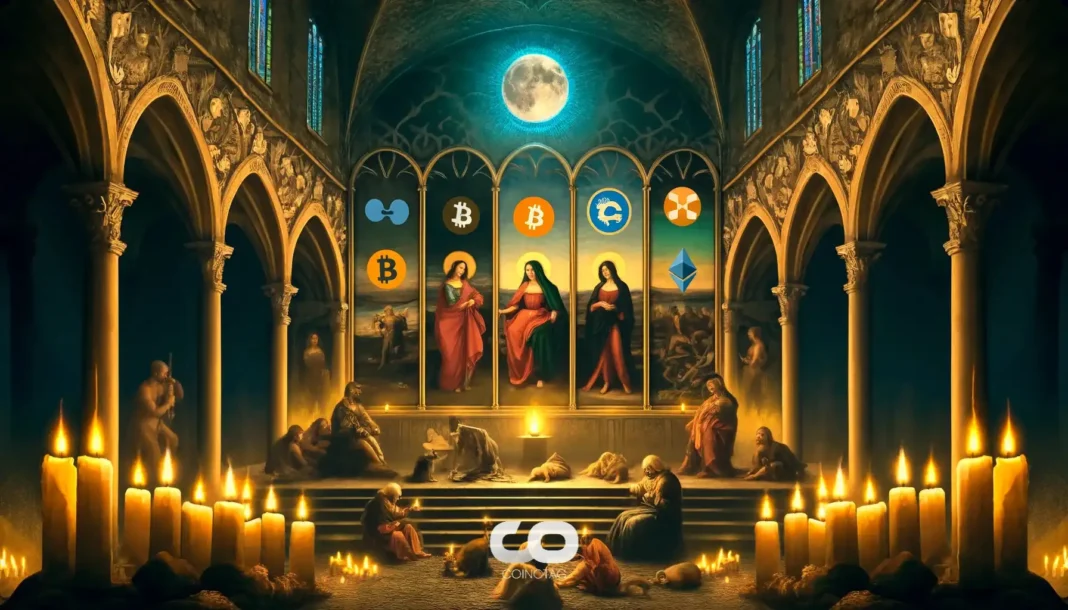-
The Blockchain Gaming Association’s fourth annual survey reveals a significant shift toward a top-heavy structure in the Web3 gaming industry.
-
The survey, which analyzed responses from 623 industry professionals, indicates that while C-suite representation has grown, younger demographics are lagging behind.
-
According to the report, “senior leadership remained prominent, with 46.7% of respondents at the founder, director, or C-level position — the highest representation seen in four years.”
This article analyzes the Blockchain Gaming Association’s 2024 survey, uncovering trends in leadership, demographics, and the future of Web3 gaming.
Emergence of Senior Leadership in Blockchain Gaming
The surge in senior management roles within the blockchain gaming sector is a notable trend highlighted by the Blockchain Gaming Association’s report. The data illustrates that 73.2% of respondents hold positions in upper management, underscoring a centralization of authority as the sector matures. This is largely attributed to industry consolidation, which has been further exacerbated by budget constraints following the downturn after the NFT boom.
Interestingly, the survey revealed that the increasing representation of experienced gaming professionals is reshaping the leadership landscape. The proportion of respondents who identified gaming as their primary expertise rose dramatically from 34.2% in 2023 to 52.5% in 2024. Contrastingly, the share of those focusing on blockchain and cryptocurrency has diminished significantly, reflecting a potential shift in the skill set valued in the industry.
“The shift toward gaming backgrounds in leadership roles could be vital,” notes the report, indicating that mainstream gaming giants are exploring Web3’s potential. Companies like Ubisoft and Square-Enix are set to launch considerable projects targeting mainstream audiences by 2025.
Challenges in Demographic Diversity
Despite promising leadership trends, the survey findings reveal systemic challenges within the demographics of the blockchain gaming sector. The representation of younger individuals, particularly those aged 18 to 24, stands at a mere 6.1%. This stasis raises concerns about future talent development and the industry’s ability to engage with younger audiences effectively.
The lack of gender diversity presents another significant hurdle. The survey found that approximately 82% of respondents identified as male, with this skew even more pronounced among higher-tier executives. “Of the CEOs, Founders, Directors, and C-level executives that responded to the survey, 87.2% were male,” which indicates a troubling trend of underrepresentation for women in leadership positions.
The Outlook for Web3 Gaming and Talent Development
The report projects a challenging road ahead as the blockchain gaming sector prepares for a pivotal transition into the AAA gaming market. Anticipated launches from key players may set the stage for increased attention and investment. However, the current demographic landscape poses questions regarding sustainability and growth.
As the industry ramps up for significant releases, experts emphasize the need to cultivate a more diverse pipeline of talent and to engage younger demographics. This strategy is not just about improving representation but also about fostering innovation in product development and player engagement.
Closing Reflections on Industry Trends
In conclusion, while the Blockchain Gaming Association’s survey casts a spotlight on a growing concentration of seasoned professionals at the executive level, it also calls for introspection within the sector. The disproportionate focus on higher management without a corresponding growth in younger and diverse talent can stifle long-term potential. Addressing these challenges head-on will be essential for ensuring that the blockchain gaming industry thrives in an increasingly competitive environment.
Conclusion
The findings from the Blockchain Gaming Association’s survey reflect both the opportunities and challenges facing the blockchain gaming sector. As we look towards significant developments slated for 2025, it is imperative for industry leaders to prioritize diversity and youth engagement to foster a robust and dynamic future. Through strategic initiatives, the sector can not only enhance its leadership quality but also build a sustainable foundation for the next generation of gamers.







